I read an interesting article of Jeva Karabesko in this year`s September issue of "LILIT" - "The circle that fulfils your wishes" which contained information about many known (especially to those who are interested in esoteric things) things, symbols, drawings - mandala. The article spoke to me because I once was very interested in feng shui and arranging the surrounding environment in harmony with space and my inner world, and it was the first time when I found out about mandalas and its deep sense of energy; also because of the partial feelings - a circle as a static and enclosed unchangeable form has always confused me and made me keep a distance approaching the idea of mandala making.

I agree to the idea stated in the article that "creating a mandala, we create an individual symbol that reflects our personality.[..]That is why drawing mandalas we resolve our inner conflicts and loosen the tenson." Symmetry, of course, is what people like - who doesn`t like a structured, predictable and understandable environment, thing or order. Mandala attracts the eye also with its colourfulness, colour diversity and, looking closer, every one of them has a symbolic meaning. For example, yellow - stability, security, joy, red - love, lust, development, brown - peace, security, prosperity, orange - happiness, joy, leadership, etc. A relaxing and meditational process takes place drawing or making a mandala from sand, stones, shells, etc..
As I see it - there is a hierarchy in mandala; four cardinal points; the highest or divine power; law and order above everything else; a maze from which to seek a way out; human entity because an entity of nature does not seek to be perfect, it is such already from its very creation.


I would disagree to the appeal expressed in the article that everyone should make their own mandala to put it on the wall, to put it in your note book or to keep on your work-desk to change your life. To my mind, a person should know more about this energetically powerful symbol, Buddhism and the ritual of meditation, creating a mandala and destroying it afterwards. Are we sure that we know what kind of energy we want to attract and what will be the consequences if it materializes? Also the closed form of the circle is rather confusing, which is supposed to collect energy and radiates it on humans but which doesn`t flow, change, develop or create new ways, solutions or opportunities. I would use a circle as a symbol of a microspace, the symbol of protection or completeness but not of development and rise.
In this regard, I would like to argue and say - if you want to make something and put it on the wall for realization of your desires and dreams, and then use a proportional (also symmetrical and harmonious) spiral of golden cut. Energy begins, continues, develops and moves forward in it steadily. In simple terms, it does not have any fixed edges, ends, square-shaped or triangular restrictive areas. In addition this energy can be "started" with a positive flow of thoughts, using not some coloured sand (what already causes the impression of an artificial and strange energy to the human body), but elements form the nature - pebbles, flowers, pottery shards, peas, shells and so on.


What is a golden cut and how does it develop? Those who have not previously studied drawing or composition, were first introduced with the term "golden cut" a few years ago when everyone was shaken Dan Brown's novel "The Da Vinci Code". There this concept was mentioned in connection with the Vitruvian man - Leonardo da Vinci's sketch of the human body, taking into account and pointing to the regularity of the golden cut in a man`s body.


The golden cut or the divine proportion is visible everywhere in nature and in us as a living part of nature. Mathematically it can be expressed by a formula -
![]() Attiecība viens pret 1,618.
Attiecība viens pret 1,618.


Everything harmonic in art and architecture are designed according to this golden proportion - ranging from ancient buildings in Athens with massive columns, all-time classic masterpieces as the Mona Lisa or the Last Supper and other, to contemporary interior design and advertising posters.


Together with the golden cut comes another concept "Fibonacci spiral" that visually portrays the divine proportion. It`s simplest example in the nature - a shell. Fibonacci`s name is familiar with his integer sequence: 1, 1, 2, 3, 5, 8, 13, 21 and so on. The idea is very simple - the first two numbers ar equal to 1 but every following number is obtained by summing the two previous ones, and so on to infinity.
Beauty benchmarks for different periods of time: Egyptian queen Nephertiti, American sex symbol Marilyn Monroe, a model on the cover of a modern fashion magazine - a proportional and harmonious face and body. Golden cut 1,618.



The golden cut is a very appealing theme, old as the world itself but always topical. I have wandered off the point, but, anyway, the best symbol of development or change to something positive, to my mind, is a spiral, not an enclosed circle. Every development occurs in a spiral way. Though the spiral repeats the positive or negative manifestations, but each time differently, slowly approaching the centre, steadily twining up. Learning from our mistakes we reflect on our past experience but every time we become more mature and more experienced. Repentance occurs but in a new, higher level.
Bellow great ideas for development spirals.
Sources used:
http://creativesagest.blogspot.com/2009/03/golden-ratio-secret-to-aesthetics.html
http://en.wikipedia.org/wiki/Golden_ratio
http://lv.wikipedia.org/wiki/Fibona%C4%8Di_skait%C4%BCi


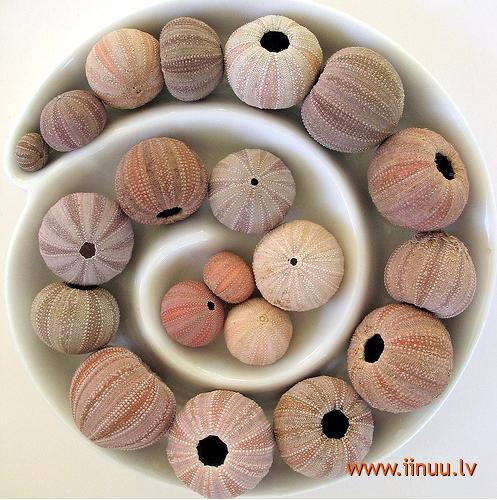
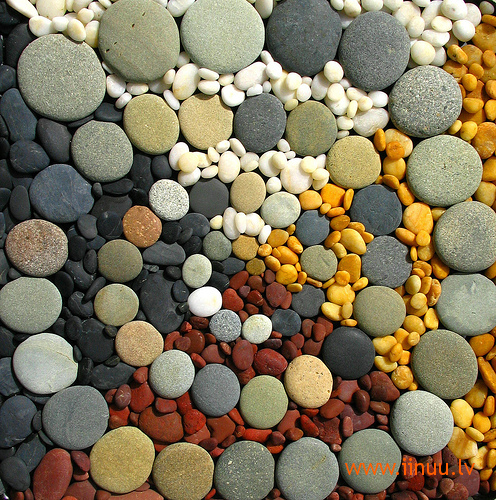
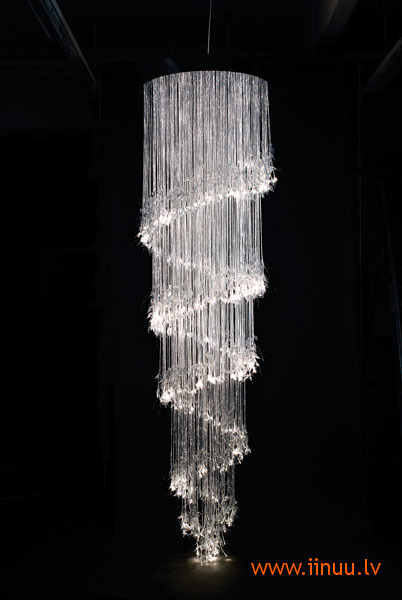
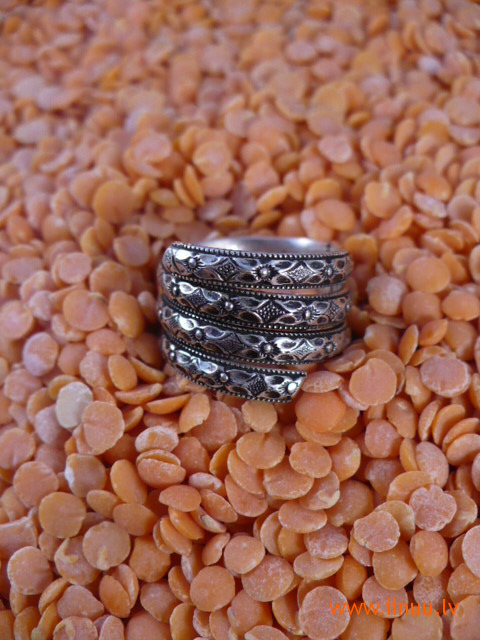
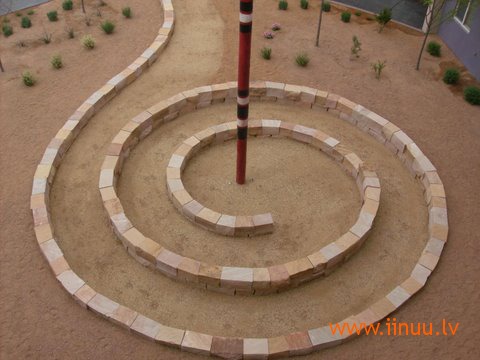

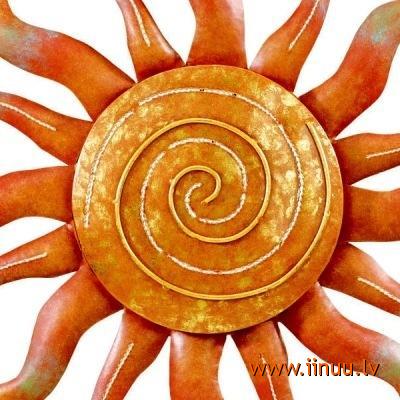
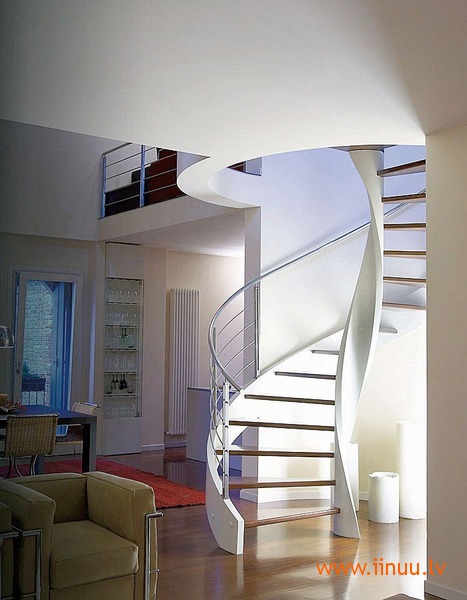
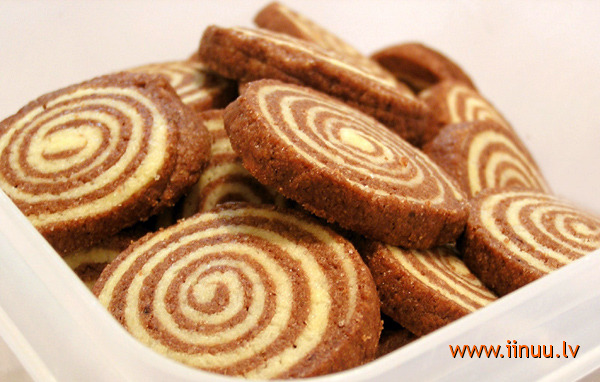
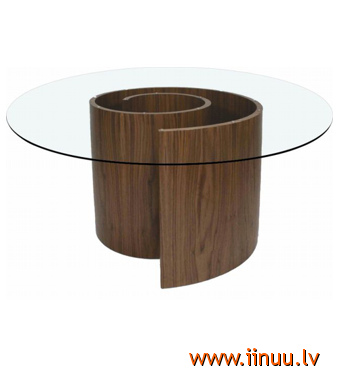
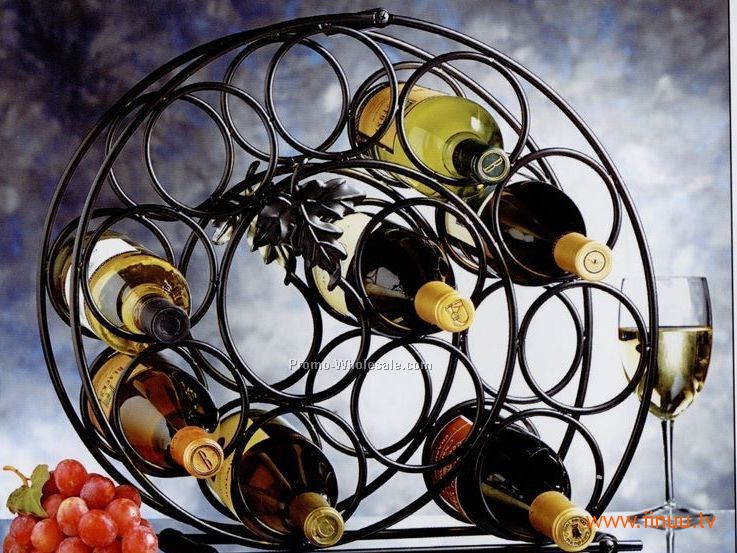
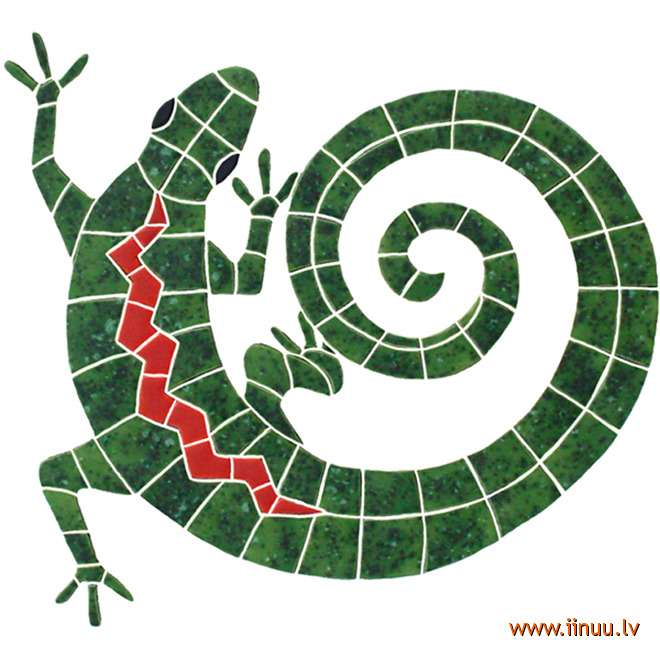
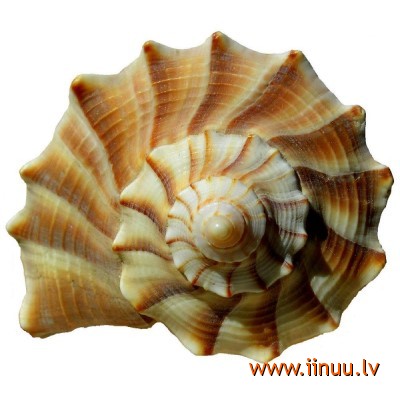
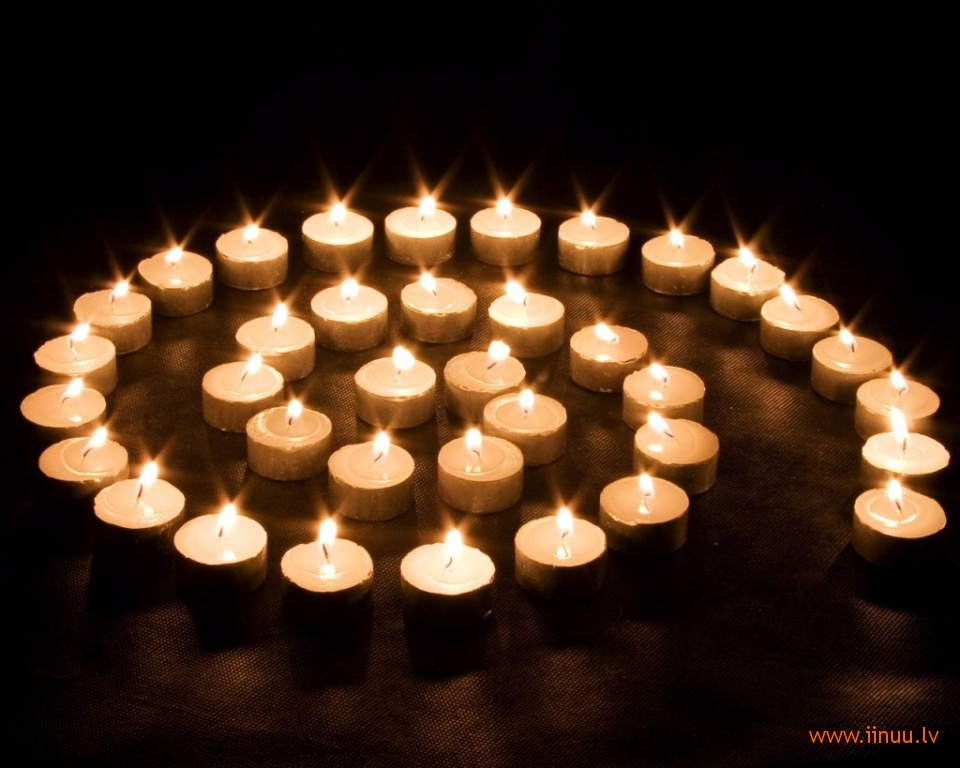
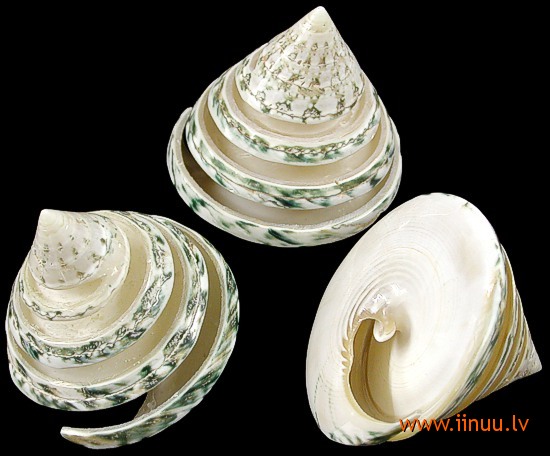
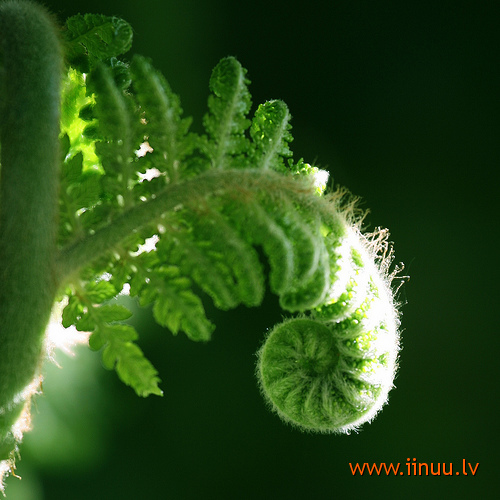
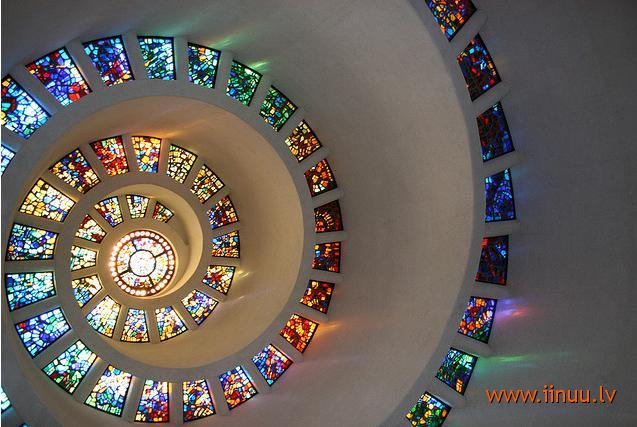
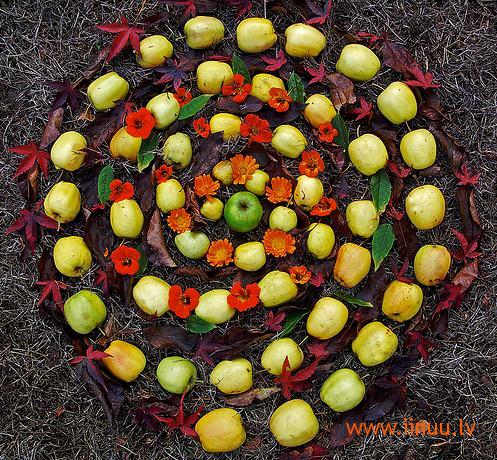
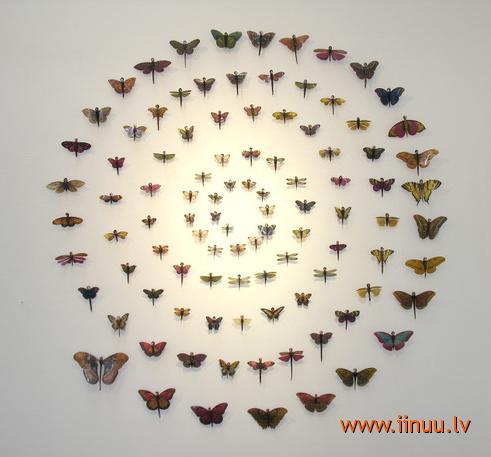
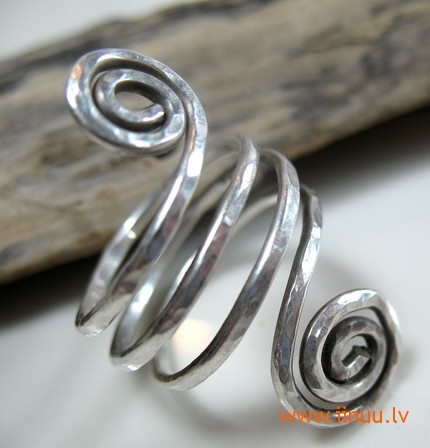


» Comments